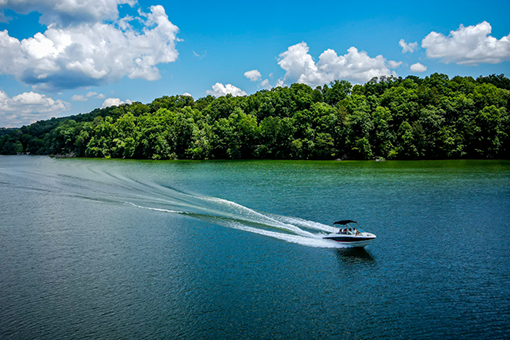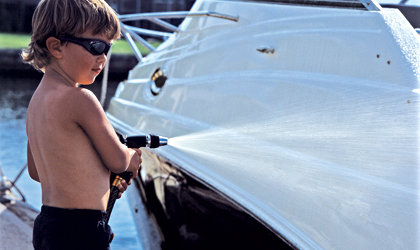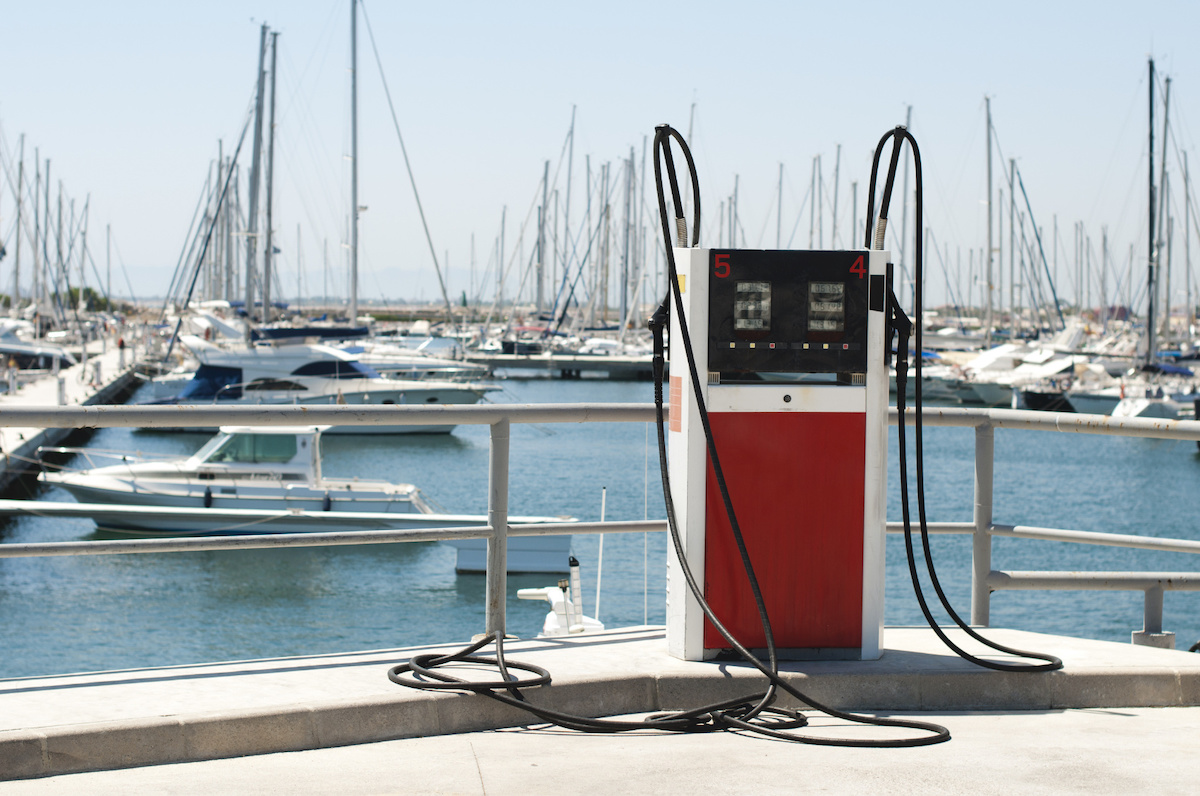Many people wonder, "what is a boat drain plug?" Or they aren't sure how it works.
A boat drain plug, also known as a plug for boat drain or drain for boat plug, is a device inserted into a hole in the bottom of a boat to allow water to flow out. It is a crucial component of a boat, keeping it from filling up with water and sinking.
In this blog post, we will discuss what a boat drain plug is, why they're necessary, how to select one, the options available, and how to install/replace a drain plug, among other helpful information.
Why Are Boat Drain Plugs Necessary?
Boat drain plugs are necessary for several reasons. The most obvious reason is that they allow water to flow out of the boat, which prevents the boat from becoming waterlogged and sinking.
This is particularly important for boats used in shallow waters, where the risk of running aground is high.
Additionally, boat drain plugs can also be used to control the amount of water that enters the boat, which can help drain the bilge or clean the boat. Another aspect of boat drain plugs is that they can prevent the buildup of unwanted materials inside the boat, such as debris, dirt, and even small animals.
A boat drain plug can act as a barrier to keep these materials from entering and accumulating in the boat, which can cause damage or create unpleasant smells. Just remember to put in the drain plug before taking off! This is one of the most common boating mistakes.
How to Select a Boat Drain Plug
When selecting a drain for a boat plug, there are a few factors to consider. The first factor is the size of the hole in your boat. It is imperative to select a plug that is the right size for your hole, as a plug that is too small will not provide a tight seal, while a plug that is too large may not fit in the hole at all.
Another factor to consider is the material of the plug. Common materials used for boat drain plugs include plastic, metal, and rubber.
- Plastic plugs: These are the most affordable option but are less durable than metal or rubber plugs.
- Metal plugs: This option is more durable but can rust over time.
- Rubber plugs: Typically, these are the most durable option but tend to be more expensive.
Read Next: Boat DIY Improvement Guide
Boat Drain Plug Options Available
Several different types of boat drain plugs are available, each with its own advantages and disadvantages. Some of the most common types include:
- Screw-in plugs: These plugs are screwed into the hole in the boat, providing a tight seal. They are easy to install and remove but can be difficult to turn if the hole is not perfectly aligned.
- Push-in plugs: These plugs are pushed into the hole in the boat, providing a tight seal. They are easy to install and remove but can be difficult to remove if they become stuck.
- Lever-operated plugs: These plugs are inserted into the boat's hole and held in place by a lever. They are easy to install and remove but can be difficult to operate if the lever becomes stuck.
- Twist-lock plugs: These plugs are inserted into the boat's hole and locked in place with a twist mechanism. They are easy to install and remove but can be difficult to operate if the mechanism becomes stuck.
How to Install/Replace a Boat Drain Plug
Installing or replacing a boat drain plug is a relatively simple process. The first step is to locate the hole in the bottom of the boat where the plug will be inserted. Once you find the hole, you can begin the installation or replacement process.
If installing a new plug, insert it into the hole and tighten it by turning it clockwise. However, if replacing an existing plug, remove the old one by turning it counterclockwise. Then, insert the new one and tighten it by turning it clockwise.
Take note that the hole in the boat may not be perfectly aligned in some cases. In these cases, a flexible or expandable plug may be a better option, as it can accommodate misaligned holes and still provide a tight seal.
It's necessary to check your drain plug periodically for any signs of wear and tear, as a damaged plug can lead to leaks and water intrusion. If you notice any cracks or damage, it's best to replace the plug as soon as possible.
When installing or replacing a boat drain plug, it's also crucial to pay attention to the orientation of the plug. Some plugs have a specific top or bottom that must be correctly oriented to work properly. Be sure to read the instructions that come with your drain plug and follow them carefully to ensure a proper installation.
Another aspect to consider is the location of the drain plug on the boat. Some drain plugs are located in the transom, while others are in the bilge. Choosing a drain plug located in an area that is easy to access is very beneficial as this will make it easier to install, remove, and check for any issues. This may depend on your boat flooring.
In Conclusion
A boat drain plug is a crucial component of a boat, as it keeps the boat from filling up with water and sinking. It's necessary to select a plug that is the right size for your hole and the material of the plug. Several different types of boat drain plugs are available, each with its own advantages and disadvantages.
Installing or replacing a boat drain plug is a relatively simple process. Still, it's essential to pay attention to the plug's orientation and the location of the drain plug on the boat and follow the instructions carefully.
Remember to check your drain plug periodically for any signs of wear and tear, and replace it as soon as possible if necessary. Consider using a flexible or expandable plug if the hole is misaligned.


